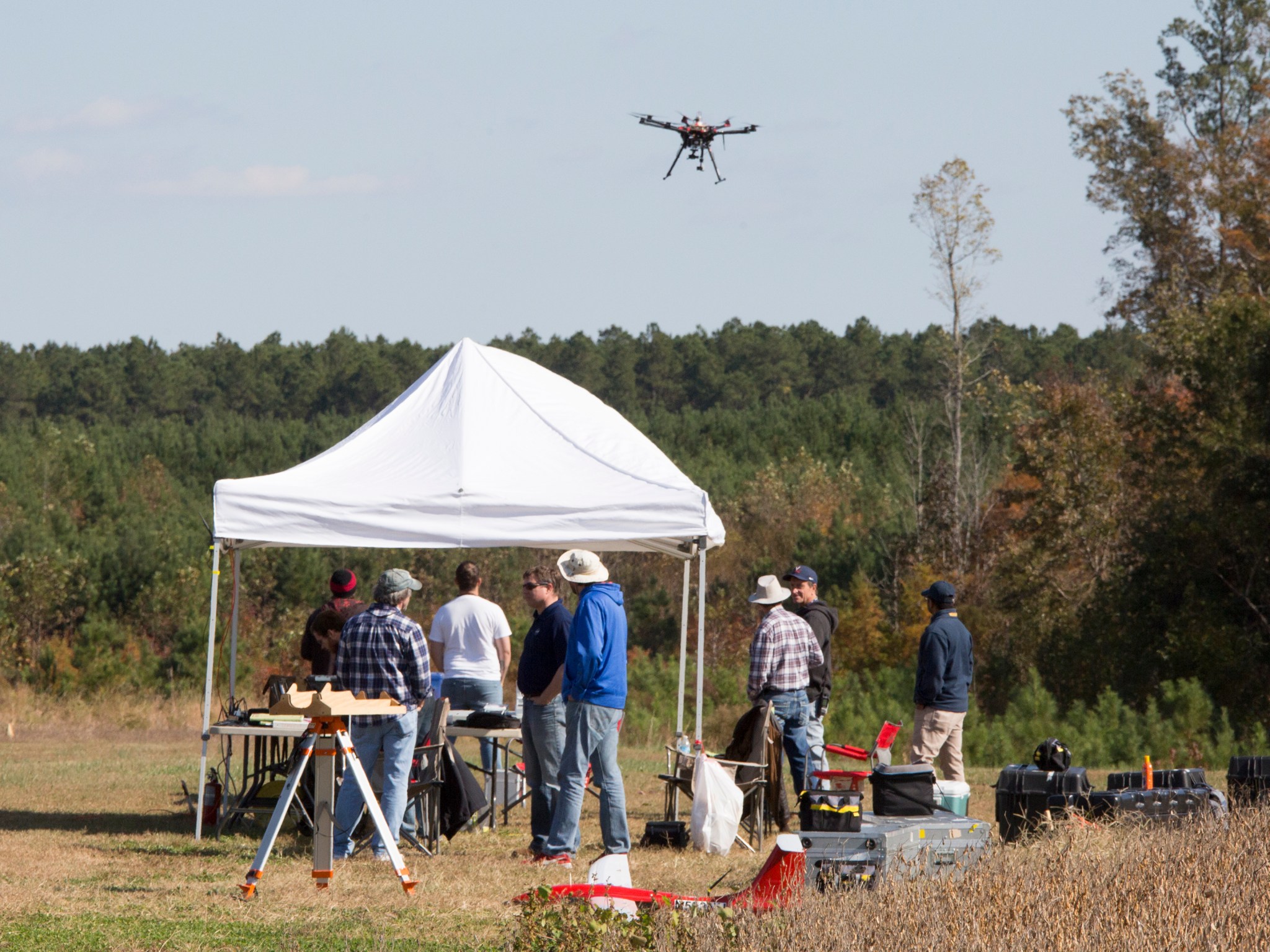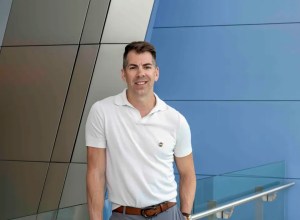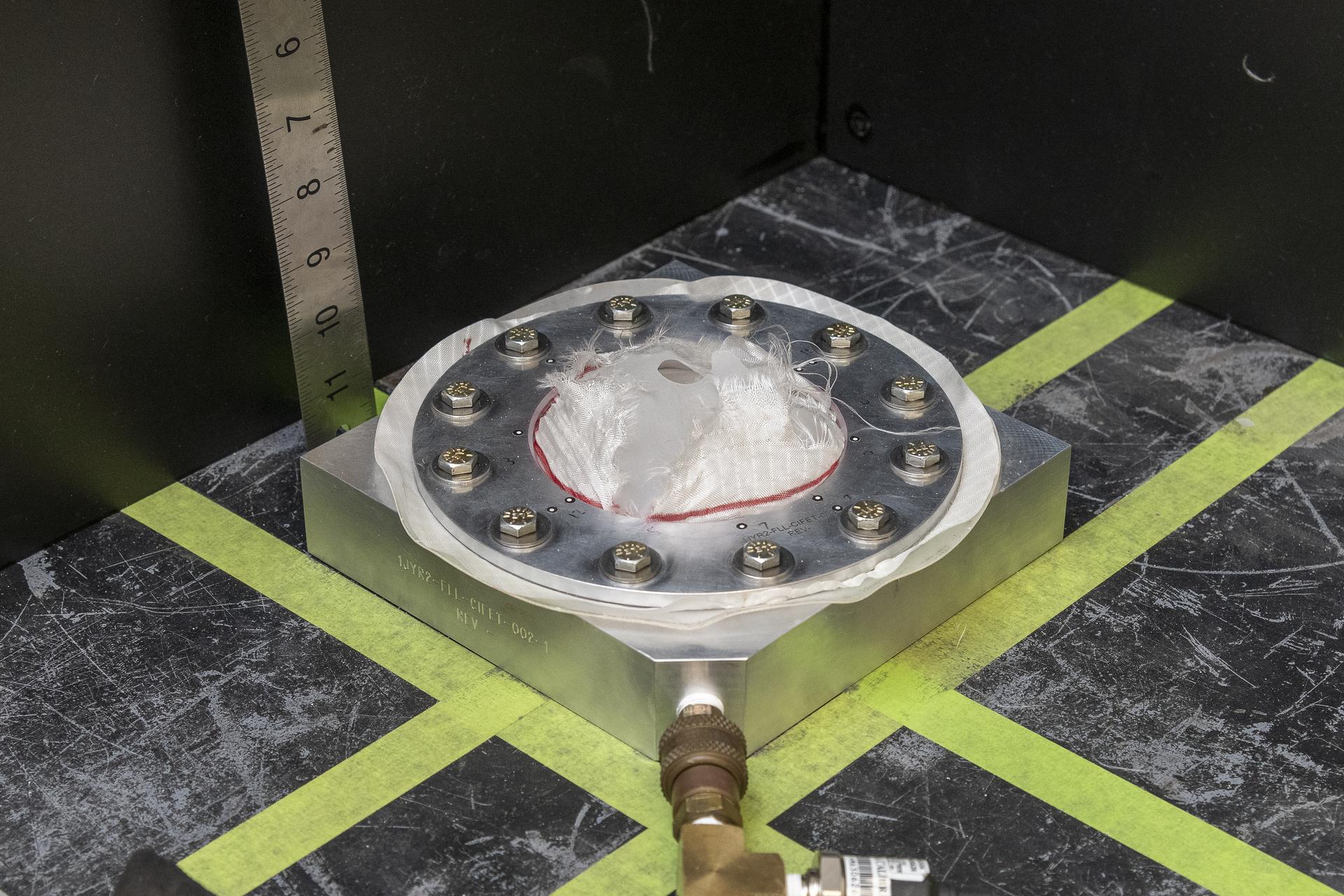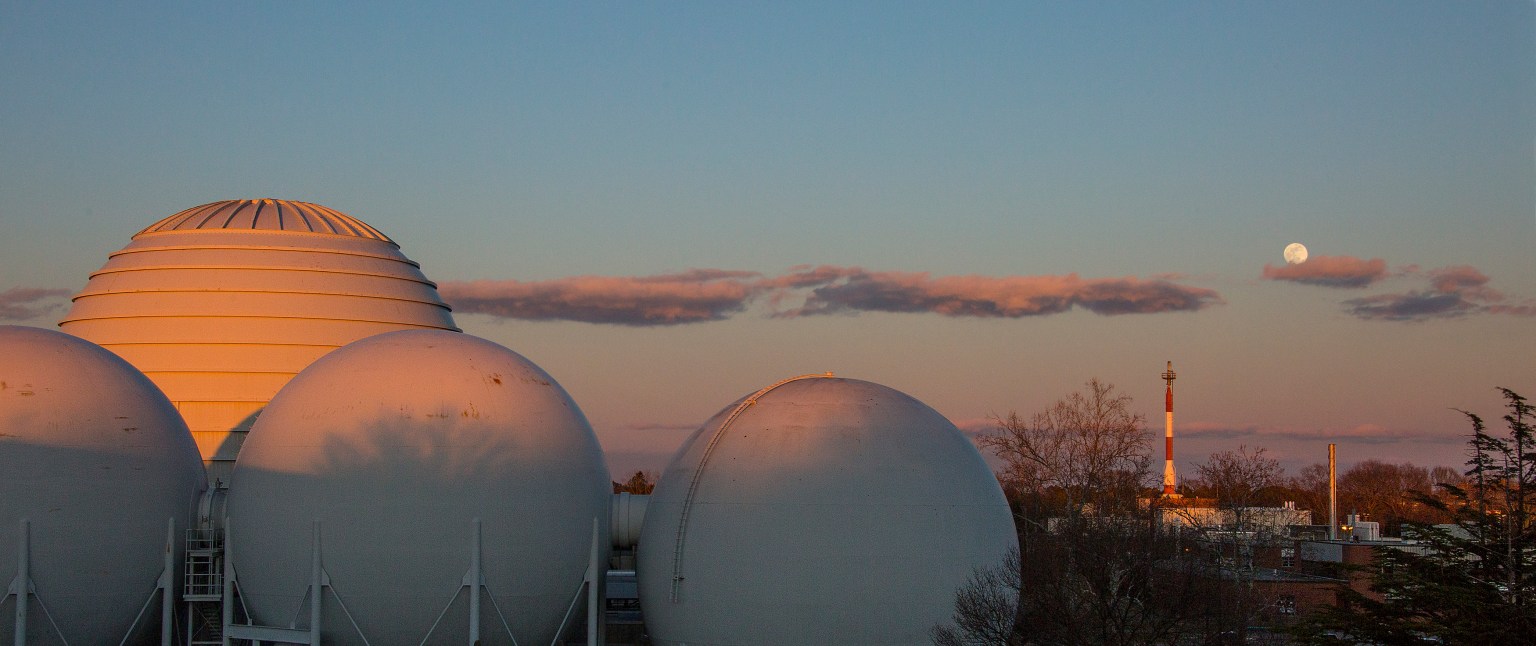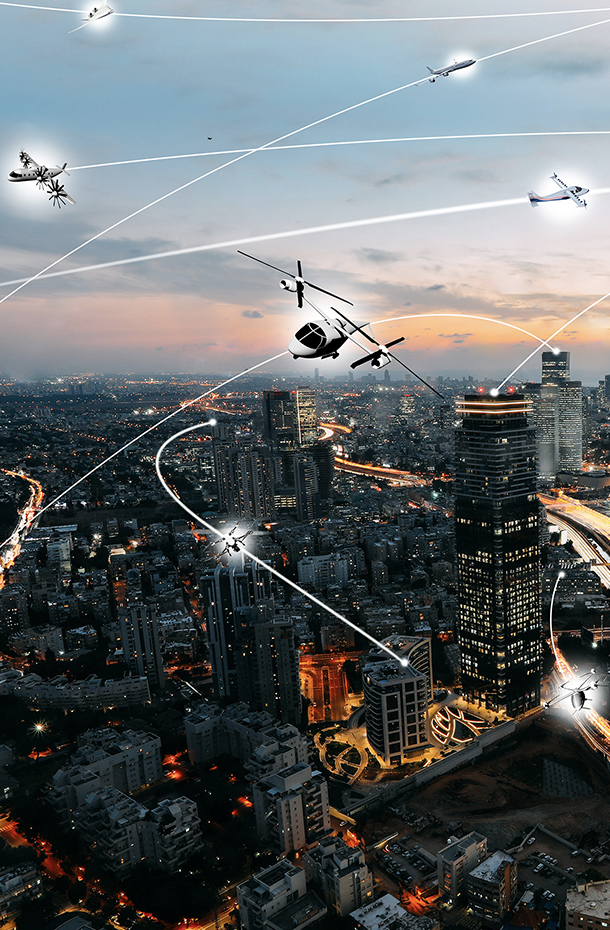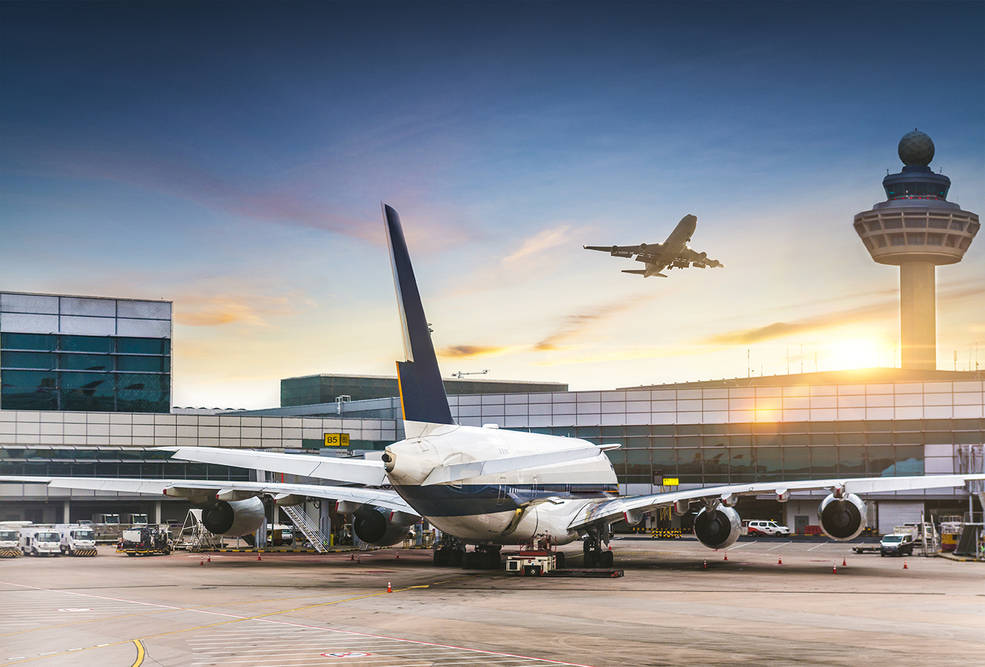The future of unmanned aircraft systems is being tested today and NASA is laser-focused on one particular issue of importance: the ability to fly safely without crashing into other aircraft. One project, which is part of a larger effort at NASA’s Langley Research Center in Hampton, Virginia, aims to help solve the problem before it even becomes one.
A challenge facing the widespread use of small unmanned aerial systems (sUAS) is the capability to perform autonomous sense and avoid (ASAA) of other aircraft, both manned and unmanned. Thus, the ISAAC project was born as part of the ICAROUS project. ISAAC stands for the Independent Configurable Architecture for Reliable Operations of Unmanned Systems (ICAROUS) Sense and Avoid Characterization.
“There was a critical need to flight test ICAROUS along with testing several essential aspects of an ASAA system for sUAS,” said Louis Glaab, the assistant branch head at Langley’s Aeronautics Systems Engineering Branch and Flight Test Lead for ISAAC. “ISAAC was devised to perform some initial testing of this prototype (ICAROUS) system.”
ICAROUS is a software architecture that enables the robust integration of mission-specific software modules and highly-assured core software modules for building safety-centric autonomous unmanned aircraft applications. The set of core software modules include formally verified algorithms that do three things: detect, monitor and control conformance to safety criteria; avoid stationary obstacles and maintain a safe distance from other users of the airspace; and compute resolution and recovery maneuvers, autonomously executed by the autopilot, when safety criteria are violated or about to be violated.
One major area of interest in the testing relates to the definition of a “well-clear” boundary for small unmanned aerial systems to similar systems, as well as with general aviation (GA) airplanes using Automatic Dependent Surveillance (ADS-B) traffic data. ADS-B is an aircraft tracking technology that all GA planes operating in certain U.S. airspace must adopt by January 2020 to comply with Federal Aviation Administration regulations. The ADS-B receiver could be a great layer toward mid-air collision avoidance and prevention. Other layers include other means of vehicle-to-vehicle communication, active radars and even image object detection systems along with the Unmanned Aerial System (UAS) Traffic Management (UTM) system itself.
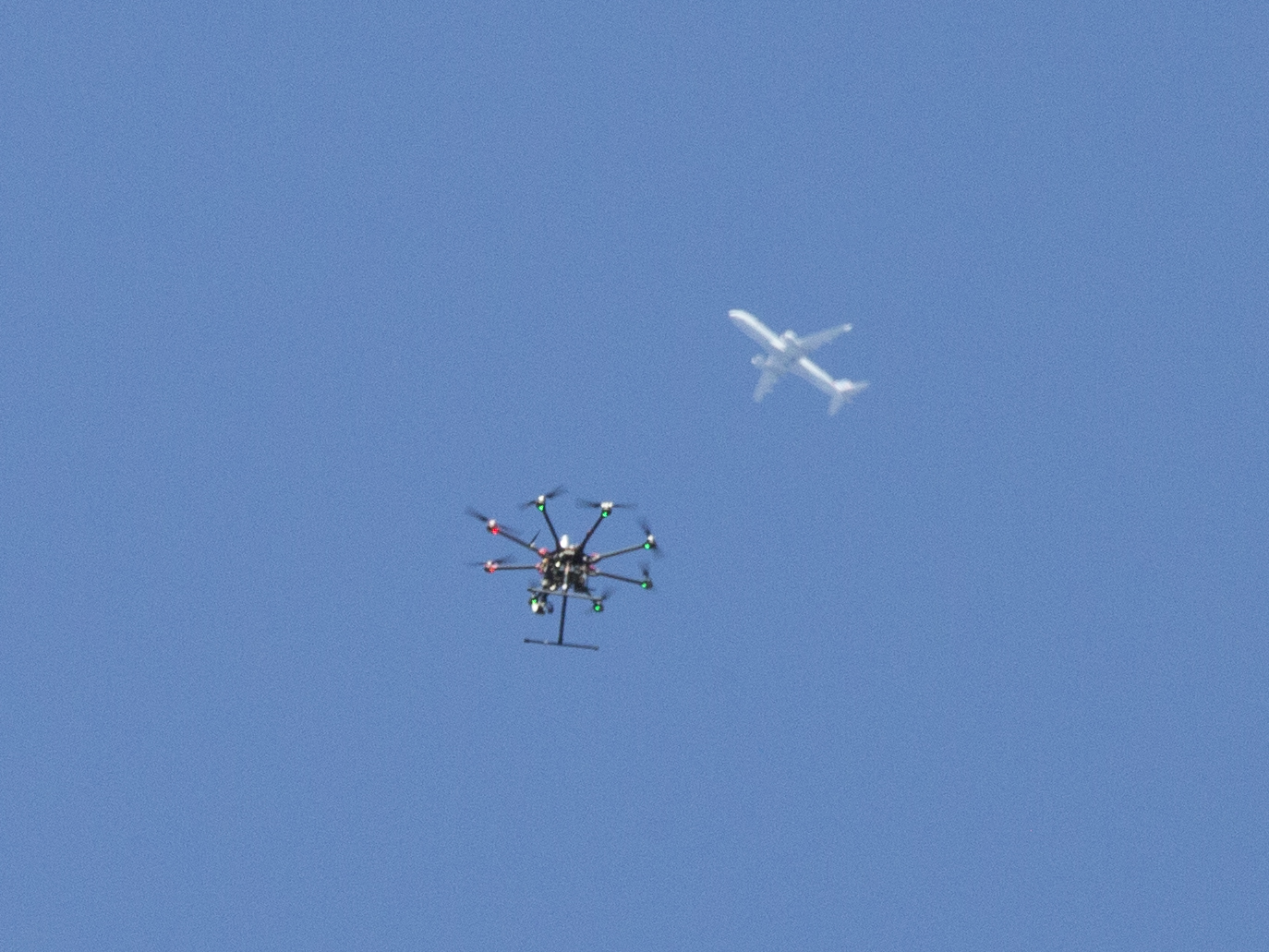
“Within ISAAC, we are evaluating a 1,000-foot well-clear boundary along with several other ICAROUS parameters to establish a basic level of performance for sUAS,” Glaab said. ISAAC testing is funded by NASA’s UTM project, which aims at enabling near-term, safe operations of small UAS vehicles in uncontrolled airspace. A far-term goal of UTM research and development is to accommodate the expected rise in small UAS traffic density throughout the national airspace system at low altitudes for beyond visual line-of-sight operations.
ISAAC was put through its paces during a recent test at an airfield near Langley, where a Cirrus SR-22 aircraft from Langley’s Research Services Directorate performed several hours of flying intended for possible encounters in both head-on and crossing patterns with a UAV flying nearby. The two aircraft stayed far away from each other with each passing of the SR-22.
“I think the testing went as well as could be expected,” Glaab said. “Everything worked well.”
This testing is a crucial technical challenge for any small UAS to have ASAA technology that is mature and stable for mainstream use.
Another challenge to solve is related to the automatic dependent ADS-B receiver. ADS-B broadcasts the vehicle’s position, along with other parameters. That data can be received by other aircraft or ground-based equipment and provided to airtraffic control (ATC). It has the potential to revolutionize ATC by eliminating the need for expensive ground radar installations as well as providing direct vehicle-to-vehicle position communications. However, according to Glaab, the FAA is very concerned that thousands of small unmanned aerial systems emitting full-power ADS-B signals could overwhelm their system.
“The low-power ADS-B is a potential path forward that can provide critical sUAS vehicle-to-vehicle position information while still providing a usable alert for manned aircraft,” he said, adding that initial results were very encouraging.
All things considered, the biggest enabler of human-carrying urban air mobility in the United States is the safe and affordable adoption of small unmanned aircraft systems in the mainstream. With the technology being tested in ISAAC, along with other initiatives like Safe2Ditch, those issues are getting closer to be solved.
“All of these types of technologies are essential for urban air mobility for several reasons,” Glaab said. “One reason is that in order for UAM to become a reality it needs to be affordable by most of the population.”
Glaab added that in order to be affordable, the vehicle needs to be fully autonomous, or be able to be operated by someone who is not a highly-trained and expensive pilot.
Breaking down those barriers to operation and acceptance are what Glaab and his fellow Langley researchers are striving to achieve with each test.
“Being able to see the larger picture and devising, testing, and reporting on results that NASA can provide to enable the next aviation revolution has been very rewarding to me,” Glaab said. “ISAAC has been a great experience.”
Eric Gillard
NASA Langley Research Center


























